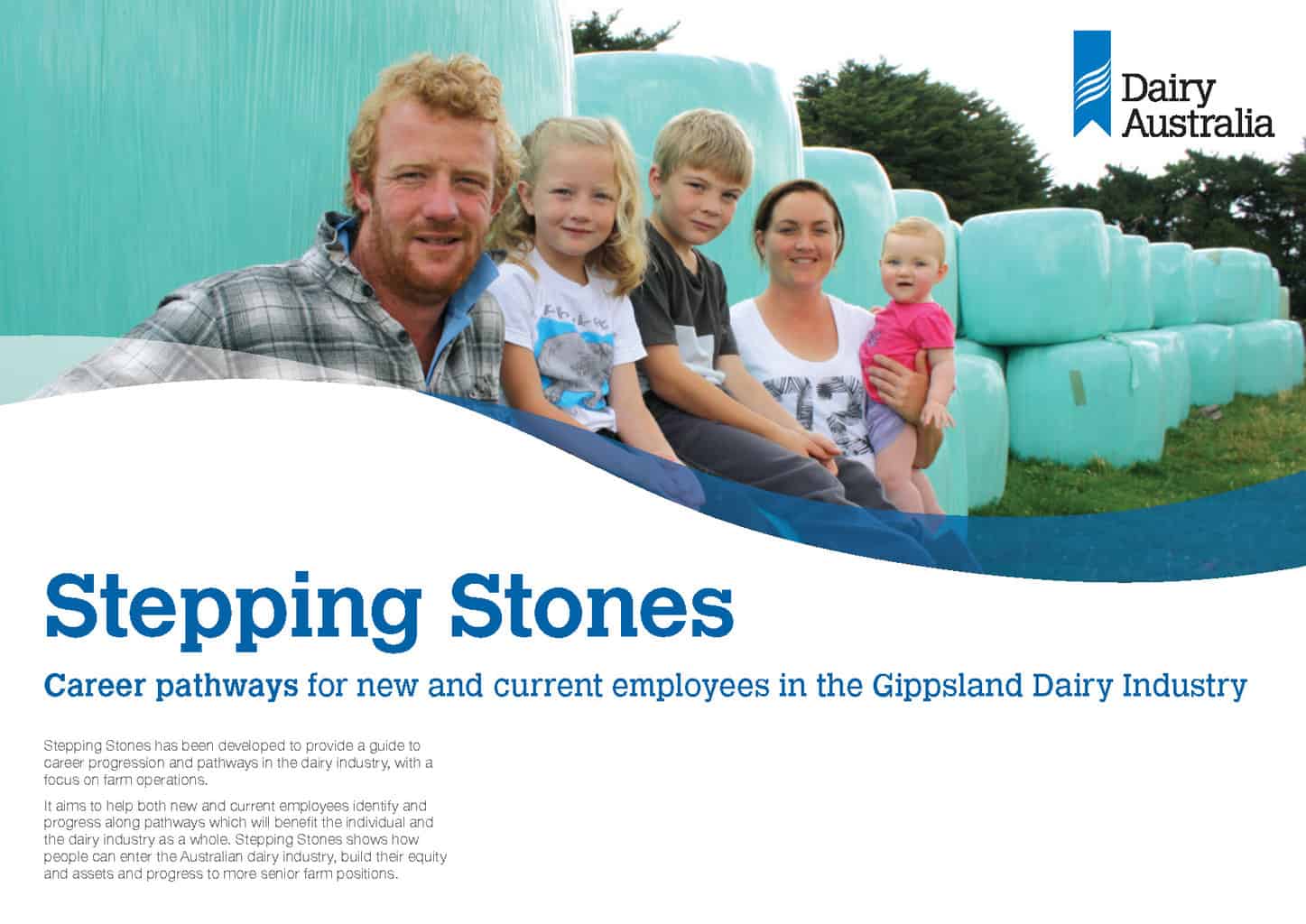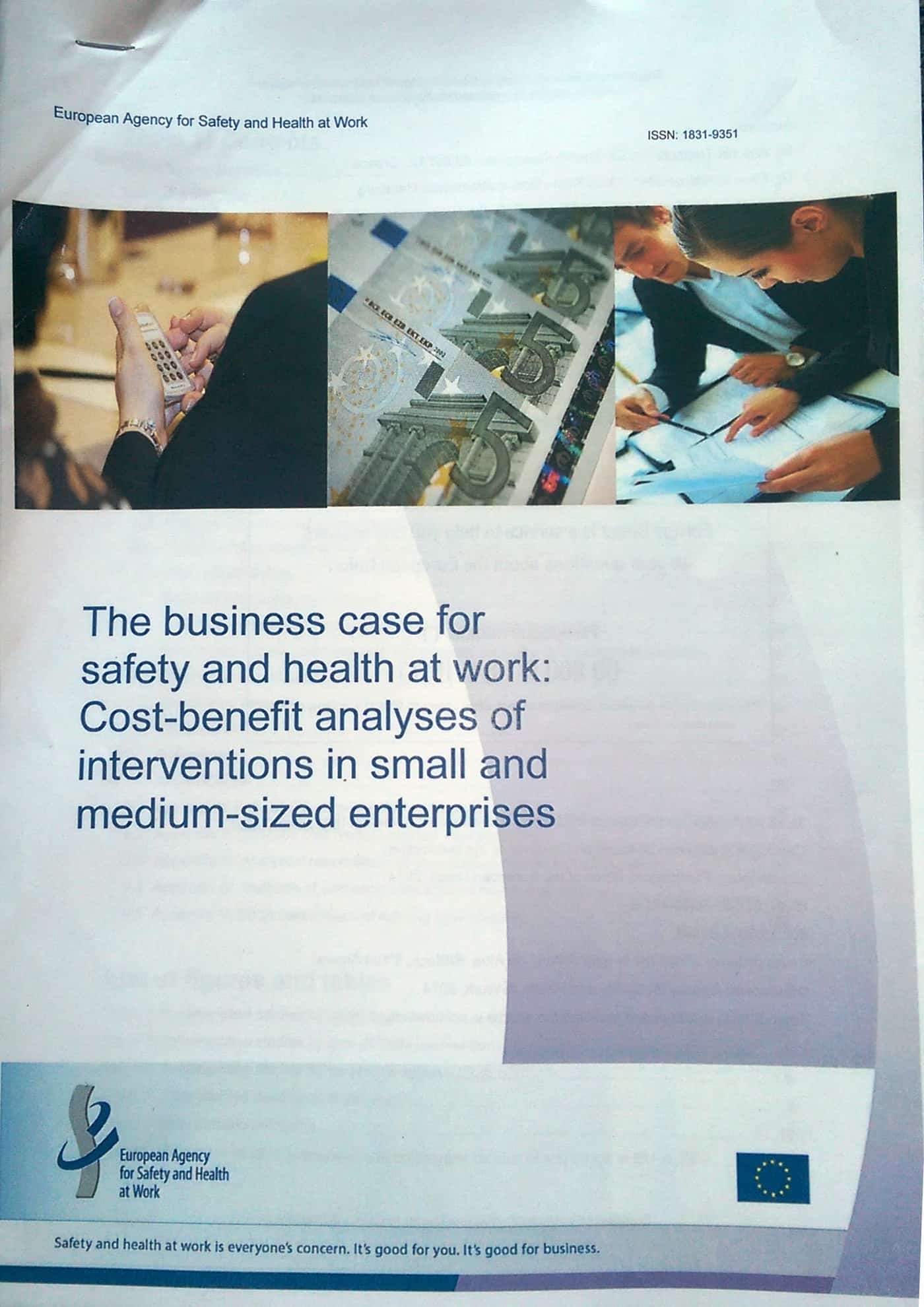 Several years ago, WorkSafe Victoria published “Dairy Safety: A Practical Guide“* A decade on Dairy Australia has published its career guidance “Stepping Stones” which seems to imply that not all employers and workers have a legislative responsibility to work safely and without harming others.
Several years ago, WorkSafe Victoria published “Dairy Safety: A Practical Guide“* A decade on Dairy Australia has published its career guidance “Stepping Stones” which seems to imply that not all employers and workers have a legislative responsibility to work safely and without harming others.
It is a legislative truism that “safety is everyone’s responsibility” and Dairy Australia advises that
“All farm businesses have an obligation under law to provide a safe and healthy workplace for their employees, contractors, family, visitors and members of the public. Farm businesses who don’t act to fulfil health and safety responsibilities face significant fines and penalties.”
 However according to Stepping Stones only some dairy roles have an overt occupational health and safety obligation. Continue reading “Inconsistency on OHS roles in dairy careers guide”
However according to Stepping Stones only some dairy roles have an overt occupational health and safety obligation. Continue reading “Inconsistency on OHS roles in dairy careers guide”

